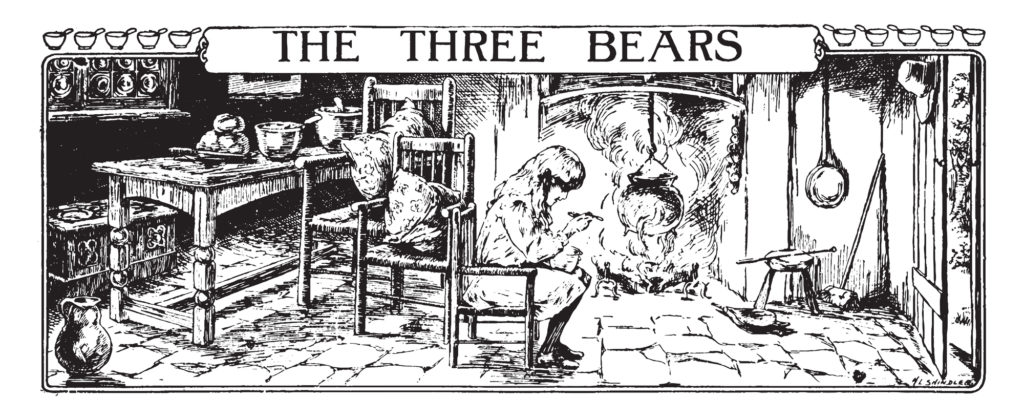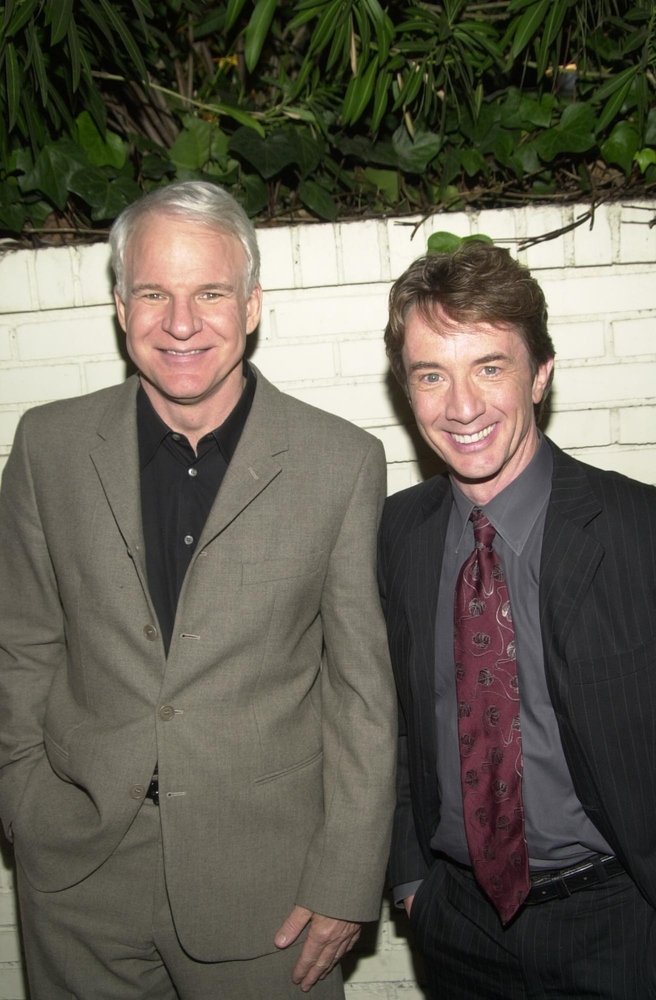Does the name Steve Martin ring a bell? Performer, comedian, movie star, Saturday Night Live Alum, respected banjo player, father, husband, and author of autobiography Born Standing Up. (By the way, if you are looking for a great read, I highly recommend it.)
Disneyland had just opened in 1955 when enterprising ten-year-old Steve managed to land a job selling guidebooks for fifty cents apiece.
He was transferred to Disney’s Magic Shop within a year, where he learned a few tricks from some of the older employees. During this time, he also began to experiment by telling jokes and funny stories while he demonstrated magic tricks in the shop. It didn’t take long for him to realize it wasn’t doing magic tricks that he loved. It was being in front of a crowd. Entertaining. At this point, he seriously began to look into becoming a comedian.
Upon entering high school, he began performing in small clubs in the LA area. The clubs provided an intimate laboratory to practice his act and hone his skill set with various audiences. In his book, he tells of doing one performance where he performed his entire show in an empty room.
It was gritty work, but he gained valuable expertise in his chosen craft. His first magic acts would only last a couple of minutes. When he reached high school, he could do five minutes. By the time he was 19, he was performing weekly at clubs doing 20-minute sets. He was improving.
He spent the next ten years experimenting, adjusting, and practicing his act. During this time, he also took on a job as a writer for a groundbreaking comedy-variety television show called the Smothers Brothers Comedy Hour, for which he and his fellow writers received an Emmy in 1969. When that show ended, he wrote for other leading-edge television shows, eventually earning some much-coveted personal appearance spots, including The Tonight Show and Saturday Night Live. These gigs eventually led to movie roles and many other unique opportunities in the entertainment industry.
Important note: comedy is not for weenies! I know I’ve told my share of jokes and stories that ended up being horrible faceplants. Tough crowd, right? But despite the setbacks and the daily grind, Martin kept working, developing his craft for 18 years. He says, ”I spent ten years learning, four more years refining, and four more years of wild success.” His public journey gives us a unique insight into his personal journey of motivation, perseverance, resilience, and consistency.
What’s the Steve Martin secret? He wanted to be a respected, successful comedian and was willing to put intentional effort into it.
So why do some people stay motivated to reach their personal and business goals and others fail? Why do we say we want something only to quit in a few days, weeks, or months? What is the difference between someone who wins gold and someone who throws in the towel?
Furthermore, why do we stay motivated to reach some goals and not others? I cannot begin to count how many times I have done this. It begs the question: Is there a difference between the areas in which we naturally stay motivated and those we give up on?
Scientists have been studying this for years. One of the encouraging things the research demonstrates is that the best way to stay motivated is to work on tasks that are just a little challenging.
This is called the Goldilocks Principle.
Remember the story? Once Goldilocks came into the bear’s home, she noticed three bowls of porridge. She took a taste from the first bowl and said, “This porridge is too hot!”
Next, she took a taste from the second bowl. “This porridge is too cold.”
So she moved over to the last bowl and took a taste. “Yes! This porridge is just right.” And she ate it up.
What is the Goldilocks Principle?
The Goldilocks Principle is the understanding that people tend to gravitate towards the easier option when confronted with similar choices—the option that is “just right.”
Essentially, humans experience peak motivation and performance when working on tasks right on the edge of their current abilities. Not too easy. Not too hard. Just right.
The findings show that we all love challenges, but only when they are within our “optimal zone of difficulty.”
Here is a general idea of where the magic is.
If a person believes there is a reasonable chance of making their dream happen and they have a sincere desire to make it happen, three things occur:
1. Their focus becomes very narrow.
2. Distractions begin to fade as the goal becomes more evident. (However, sometimes they start to pull away from some relationships for a season.)
3. They zero in on activities that lead to the changes they long for. As they make progress—honing their skill set or craft or muscle tone, whatever—they look for the next challenge that is “just manageable.” They find the next task that is difficult but doable on the way to their dream. Victory is not guaranteed, but it is possible as the individual does what they can from where they are to make it happen.
Tasks like this, science tells us, are most likely to help us keep our motivation where it needs to be to complete the task.
You see, tasks below your current abilities become dull and routine. Tasks significantly beyond your current capabilities are usually discouraging and lead to failure. However, challenges that are right on the cusp of success and failure are incredibly motivating to our brains. We want nothing more than to master a skill just beyond our current horizon.
God gives you a dream bigger than you are right now, so you can trust him and work with others to pursue it.
I hope you continue to focus on your goals and dreams in this hope-filled year of 2022. * This article was inspired by James Clear.
Here is the link to the podcast



Recent Comments